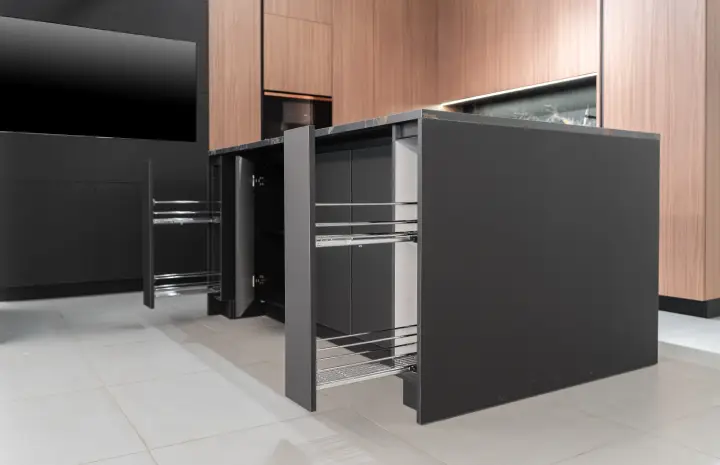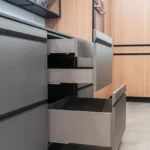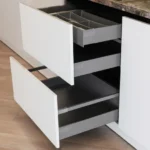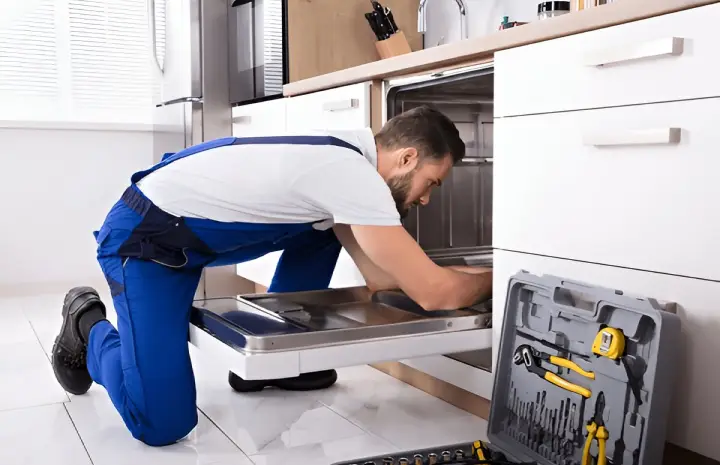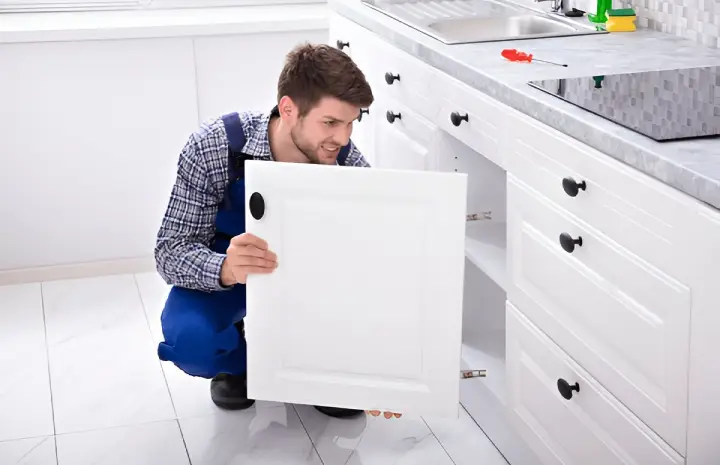What Are the Options for Replacing Kitchen Cabinets?
Replacing kitchen cabinets is one of the most effective ways to give your kitchen a fresh, modern look while improving its functionality. Whether your old cabinets are worn out, outdated, or simply no longer fit your style, there are many replacement options available. Among the choices, aluminium lower kitchen cabinets have been gaining popularity for their durability, sleek design, and low maintenance.
In this blog, we’ll explore the various options you have when replacing your kitchen cabinets, including why aluminium is such a smart choice for the lower section of your kitchen.
Why Replace Your Kitchen Cabinets?
Before diving into the options, let’s quickly look at why homeowners decide to replace their kitchen cabinets:
- Wear and Tear: Over time, cabinets can warp, crack, or lose their finish due to constant use and exposure to moisture.
- Style Update: A cabinet replacement can instantly modernize your kitchen’s look.
- Better Functionality: New cabinets can offer improved storage, better organization, and upgraded hardware.
- Increased Property Value: A modern kitchen boosts home value and attracts potential buyers.
Option 1: Wooden Kitchen Cabinets
Wood has been a classic choice for centuries. Popular varieties include oak, maple, cherry, and walnut.
Pros:
- Natural warmth and beauty
- Variety of stains and finishes
- Can be refinished over time
Cons:
- Susceptible to moisture damage and warping
- Requires regular maintenance
- Can be expensive for high-quality hardwoods
Option 2: Laminate Kitchen Cabinets
Laminate cabinets are made by bonding a thin layer of printed material to particleboard or MDF.
Pros:
- Affordable compared to solid wood
- Available in a wide range of colors and textures
- Easy to clean
Cons:
- Less durable than other materials
- Can peel or chip over time
- Difficult to repair
Option 3: Stainless Steel Kitchen Cabinets
Stainless steel is a modern choice often seen in commercial kitchens, but it’s also making its way into residential designs.
Pros:
- Extremely durable and heat-resistant
- Easy to clean and sanitize
- Resistant to moisture and pests
Cons:
- Can show fingerprints and scratches
- Noisy when in use
- More expensive than laminate
Option 4: Aluminium Lower Kitchen Cabinets
If you’re looking for durability, style, and low maintenance, aluminium lower kitchen cabinets are an excellent option.
Pros:
- Moisture Resistance: Unlike wood, aluminium doesn’t warp or swell when exposed to humidity.
- Pest Proof: Termites and other pests can’t damage it.
- Modern Appeal: Offers a sleek, contemporary finish that fits well in modern homes.
- Easy to Maintain: A simple wipe-down keeps them looking new.
- Eco-Friendly: Fully recyclable material.
Cons:
- May have a higher upfront cost than laminate
- Limited color options compared to wood
Best Use:
Aluminium is perfect for the lower section of the kitchen, where cabinets are more exposed to spills, water, and heavy usage. Pairing aluminium lower cabinets with wooden or laminate upper cabinets can create a beautiful, mixed-material kitchen design.
Option 5: MDF (Medium-Density Fiberboard) Cabinets
MDF is a popular engineered wood product that’s smooth and easy to paint.
Pros:
- Affordable and versatile
- Smooth surface for painting
- Resistant to cracking
Cons:
- Not as durable as aluminium or solid wood
- Can swell if exposed to water
- Heavy compared to particleboard
Option 6: Glass Front Cabinets
Glass cabinet doors are typically paired with wood, MDF, or aluminium frames to add elegance.
Pros:
- Stylish and modern
- Allows for display of beautiful dishware
- Makes the kitchen feel more open
Cons:
- Requires frequent cleaning
- Glass can break if not handled carefully
Tips for Choosing the Right Replacement Cabinets
When deciding which cabinet option is best for your kitchen, consider these factors:
- Budget: Determine how much you’re willing to invest. Aluminium and stainless steel might cost more upfront but last longer.
- Kitchen Style: Match the cabinet material to your kitchen’s overall design.
- Durability Needs: For high-use areas like under the sink, aluminium lower kitchen cabinets are ideal.
- Maintenance: Choose a material that fits your lifestyle—if you want low upkeep, go for aluminium or laminate.
- Climate: In humid regions, aluminium and stainless steel outperform wood.
Steps to Replace Your Kitchen Cabinets
- Measure Your Space: Take accurate measurements of your existing cabinets and available space.
- Choose Your Material: Select from options like wood, laminate, stainless steel, or aluminium.
- Plan the Layout: Decide if you’ll stick to your current layout or make changes for better functionality.
- Remove Old Cabinets: Carefully detach existing cabinets without damaging walls or flooring.
- Install the New Cabinets: Start with the upper cabinets, then move on to the lower ones for a proper fit.
- Add Hardware and Finishing Touches: Handles, knobs, and countertop installation complete the look.
Why Aluminium Lower Kitchen Cabinets Are Worth the Investment
Lower cabinets often take the most abuse in the kitchen—they endure constant opening and closing, accidental kicks, exposure to water, and heavy storage. Choosing aluminium for these cabinets ensures:
- Long-lasting strength
- Minimal upkeep
- Resistance to everyday wear and tear
- A stylish modern aesthetic that complements almost any countertop material
Pairing aluminium lower cabinets with a different upper cabinet material can also help you achieve a unique and cost-effective design.
Conclusion
When it comes to replacing your kitchen cabinets, the choices are endless. From the timeless beauty of wood to the sleek resilience of stainless steel, each material offers unique benefits. However, aluminium lower kitchen cabinets stand out for their unmatched durability, water resistance, and contemporary appeal.
Whether you’re doing a complete kitchen remodel or just upgrading specific sections, investing in the right cabinet material will not only enhance your kitchen’s look but also improve its functionality for years to come.
